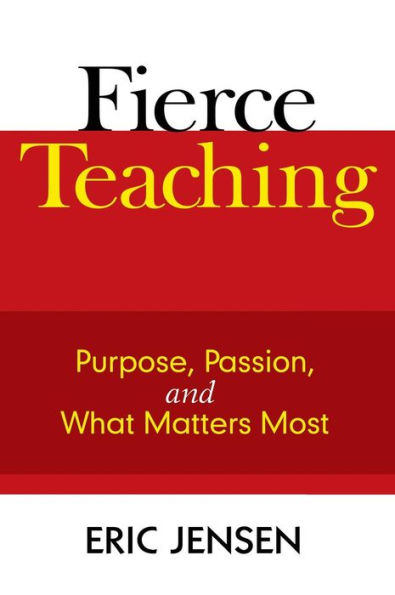5
1
9781412963299



Fierce Teaching: Purpose, Passion, and What Matters Most / Edition 1 available in Hardcover, Paperback, eBook

Fierce Teaching: Purpose, Passion, and What Matters Most / Edition 1
- ISBN-10:
- 141296329X
- ISBN-13:
- 9781412963299
- Pub. Date:
- 07/23/2008
- Publisher:
- SAGE Publications
- ISBN-10:
- 141296329X
- ISBN-13:
- 9781412963299
- Pub. Date:
- 07/23/2008
- Publisher:
- SAGE Publications

Fierce Teaching: Purpose, Passion, and What Matters Most / Edition 1
$69.95
69.95
In Stock

Product Details
| ISBN-13: | 9781412963299 |
|---|---|
| Publisher: | SAGE Publications |
| Publication date: | 07/23/2008 |
| Pages: | 120 |
| Product dimensions: | 7.00(w) x 10.10(h) x 0.50(d) |
About the Author
From the B&N Reads Blog
